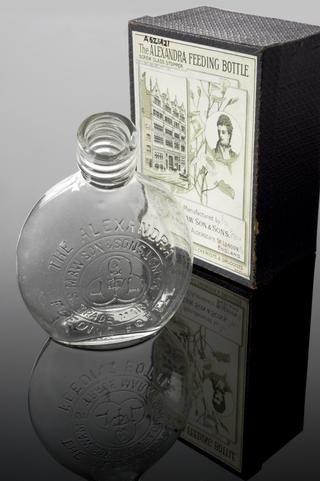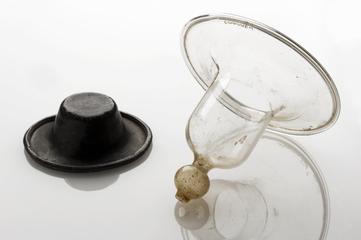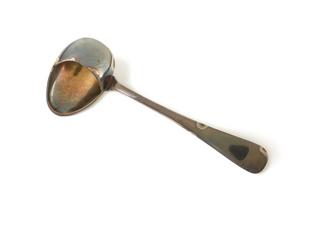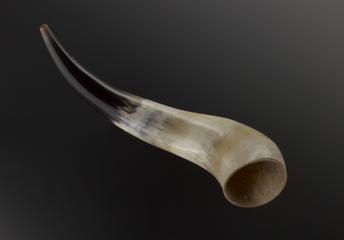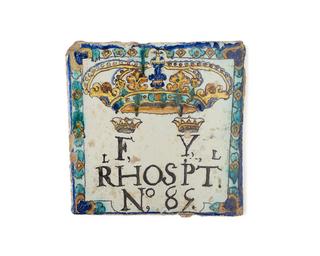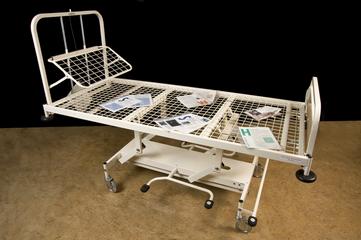
Architectural plan 1:500 for the NHS Nightingale Hospital at ExCel
- maker:
- National Health Service
Architectural plan 1:500 for the NHS Nightingale Hospital London at ExCel, proposal dated 28/03/2020 showing ward names, breakout spaces, sanctuary spaces, family room, St John's Ambulance room, donning and doffing areas, pharmacy, equipment storage, workstations, designed in collaboration with architects BDP, 256 London Field Hospital, and NHS England during the first wave of the COVID-19 pandemic in the United Kingdom, 2020
Building and helping to run a hospital built in a venue more suited to conferences and trade shows was a hugely demanding job. A small team came together on a Sunday afternoon in late March 2020 to help plan the NHS Nightingale Hospital at the ExCel centre as concerns over the ability of the National Health Service to cope with high numbers of people requiring treatment during the first wave of coronavirus. The team included members of 256 London field Hospital, Eamonn Sullivan and Colonel Ashleigh Boreham, who drew on their experience of military field hospitals. Working with NHS colleagues including Natalie Forrest and Dr Alan McGlennan, and architects BDP, the team came up with this 4000 bed hospital. Additional electrical and pipework also had to be added for equipment and oxygen supplies. Utility areas were designed around the hospital including areas for staff to put on and take off Personal Protective Equipment, pharmacy equipment, and workstations. In this second draft of the plan additional areas were added for family rooms and for St John's Ambulance volunteers. In nine days with the help of over 160 contractors and 200 army engineers, the ExCel centre was transformed.
The hospital layout is known as a Nightingale pattern, named after nurse Florence Nightingale (1820-1910), with rows of beds, enabling easy lines of sight. Natalie Forrest who was part of the team and later the Nightingale’s Chief Operating Officer came up with the NHS Nightingale name to give Londoners hope in a seemingly desperate time. Each of the 78 wards were named after a British healthcare worker. The first two wards opened were named after Harriet Acland and Ethel Bedford-Fenwick. Lady Harriet Acland (1750-1815) gave care to serving armies on both sides of the American War of Independence (1775-1783). Ethel Bedford-Fenwick was a matron at St Bartholomew’s Hospital who like many women at the time had to resign when she married in 1887. She continued to campaign for nurses to be registered with a common training standard.
Opened virtually by Prince Charles on 3 April 2020, the NHS Nightingale Hospital at the ExCel Centre in London was the first of seven Nightingale hospitals sites. However only a small proportion of beds were ever used as NHS Trusts could not release staff. If the hospital ever reached capacity, it was estimated that 16,000 staff were needed. Existing hospitals instead transformed spaces into critical care wards. The NHS Nightingale London Hospital closed on Nurses Day on 12 May 2020 with 700 people debriefed at the 02. In January 2021, it reopened to treat non-coronavirus patients after being on standby since May 2020. Between 11 January 2021 and 25 June 2021, it was a mass vaccination centre, delivering 130,000 jabs. For both uses it was overseen by Barts Health Trust. Described by the NHS as the “ultimate insurance policy”, some questioned the £500 million cost of building and maintaining the Nightingales.
Details
- Category:
- Nursing & Hospital Furnishings
- Object Number:
- 2022-130
- Materials:
- paper
- Measurements:
-
overall: 578 mm x 820 mm
- type:
- architectural drawing
